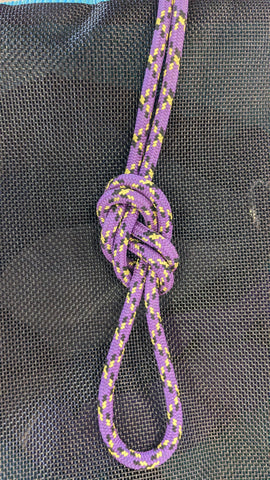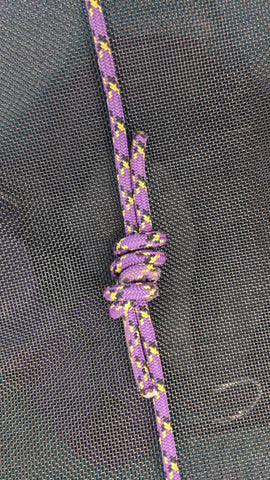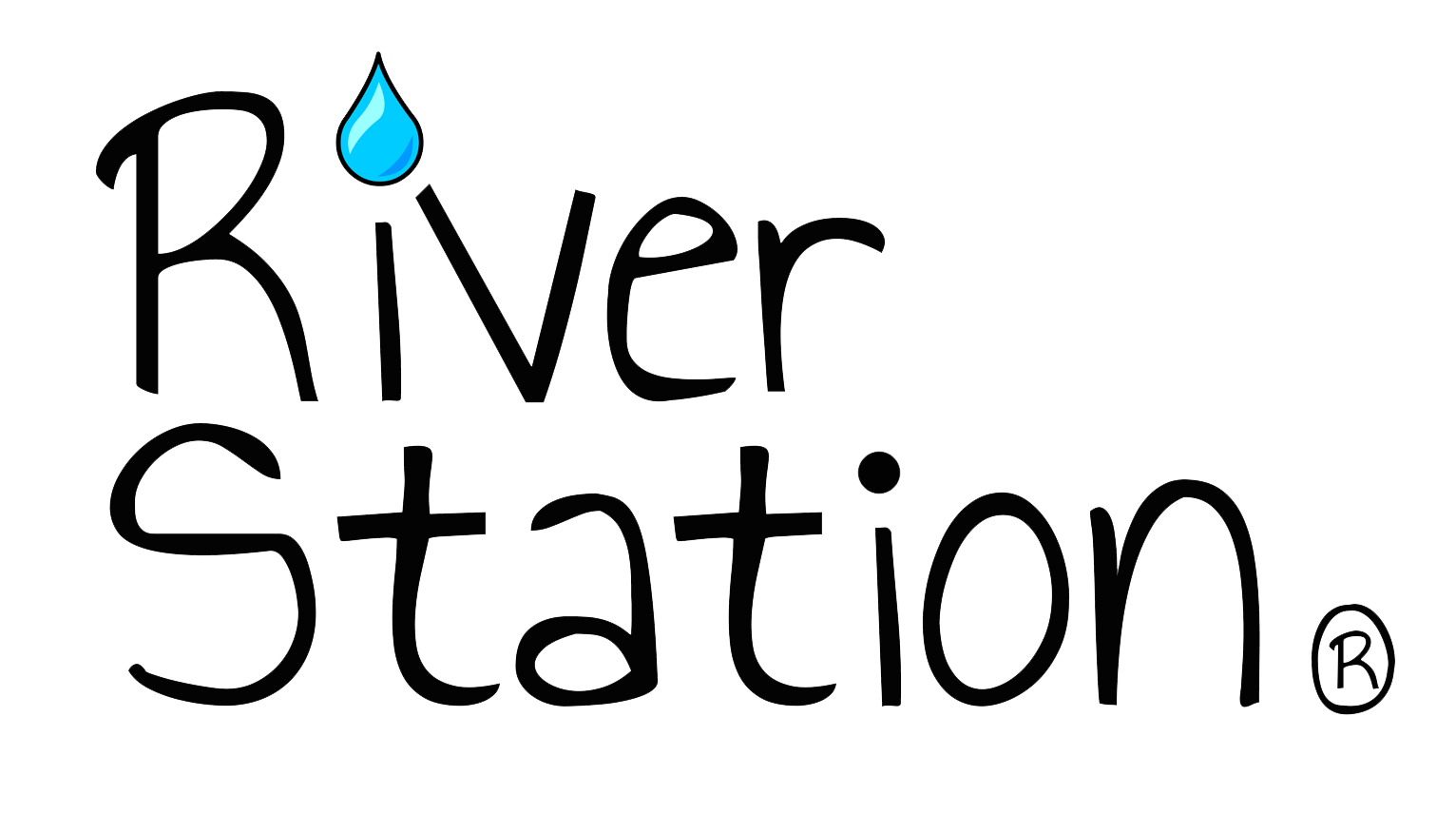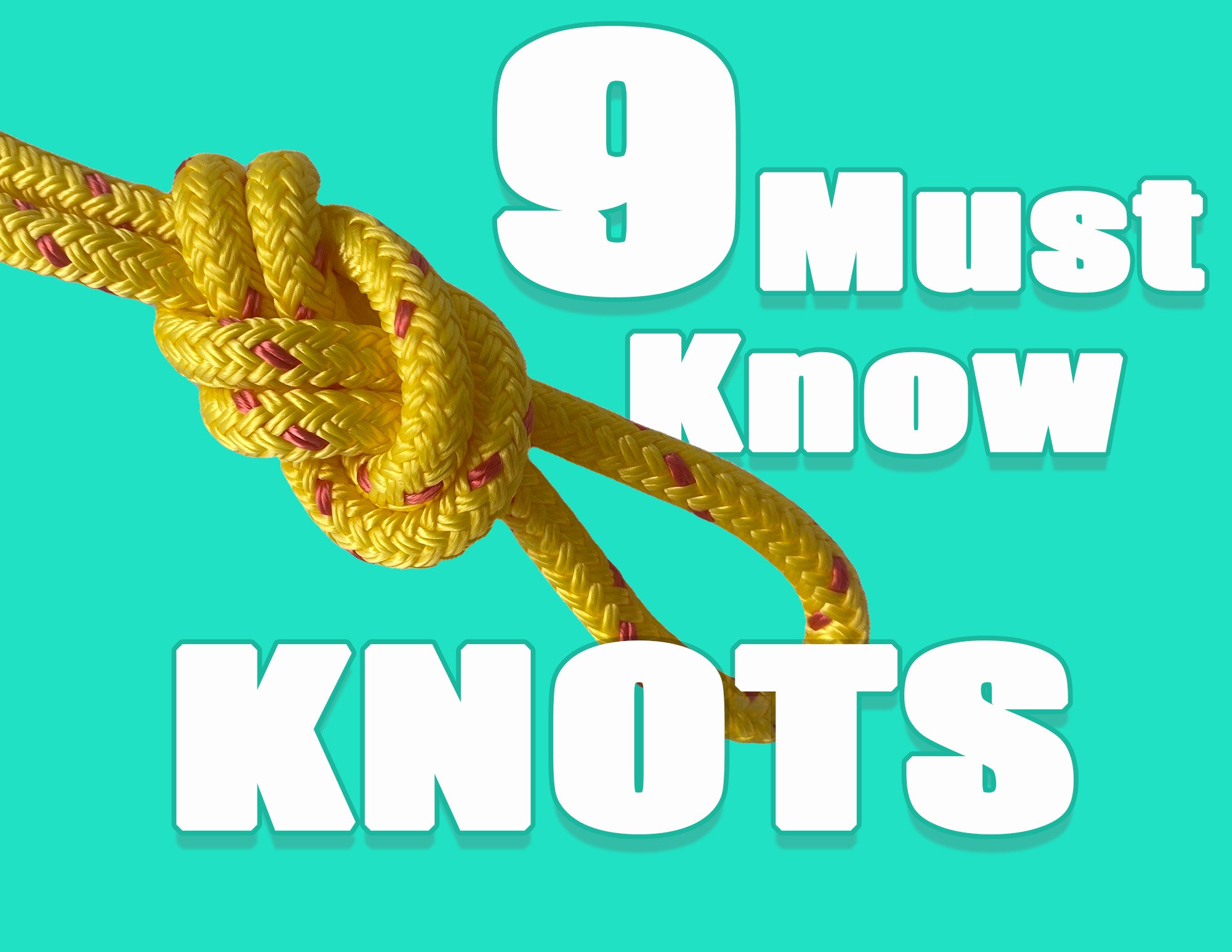Disclaimer: This is not a tutorial on how to tie knots, but information on the best ones to learn for whitewater sports. There are 1000’s of videos on youtube to show you how to tie these knots. Animated knots is also a great resource for all of your knot tying needs.
Whether you’re a private boater new to whitewater, a 15+ year guide, or a life-long Redbull kayaker, there are a few knots you need to know. And not just know but be able to tie at a moment’s notice in high-stress situations.
In other words, practice, practice, practice! You can take a Swiftwater Course (please do) and read all the blogs (especially this one), but unless you’re practicing your knots, it’s all useless.
The good news is these are basic knots that you can learn with instructional Youtube videos. However, there is no substitute for Swiftwater Rescue training with a certified technician. Although there are many different agencies for Swiftwater Rescue courses, they all agree that the following knots are essential.
Figure Eight
There are a few different versions of the figure eight knot, including on a bight, follow-thru, and directional (more on directional below.) The Figure-eight follow-thru is a go-to knot for belaying rock climbers and comes in handy when tying the rope off to a D-ring or grab loop.
Figure eight on a bight is good for creating a loop at the end of a rope for carabiners or other gear. For example, at the end of a throw bag or haul line. Figure eights can also act as stopper knots to prevent ropes from slipping through retaining devices (or your hands).
When it comes to river knowledge, definitely familiarize yourself with on-a-bight and follow-thru figure eight knots, as both are integral to rope systems.

Alpine Butterfly
The alpine butterfly knot AKA the lineman’s loop is used to tie a loop in the middle of a rope for z-drags, vector pulls, or to clip carabiners and other gear. Some swift water courses also teach a directional figure for mid-rope loops.
Directional figure eights can only be pulled in one direction. Most guides prefer alpine butterflies because they are stronger, multi-directional, and easier to untie after use.
Double Fisherman’s Knot & Prusiks
Double fisherman’s knots are for tying rope ends together. This could mean attaching two ropes or making a loop out of one rope. The double fisherman’s knot is a secure way to join two lines but only works when they are of similar size. If you need to attach two dissimilar size ropes, use a double-sheet bend.
In river and water settings, double fisherman’s show up most in prusiks or friction hitches. A prusik knot acts as progress captures in rope systems. To make a prusik, tie a cord into a loop with a double fisherman’s knot.
Be aware that the diameter of your prusik should be between 60-80% of the diameter of the fixed line. Otherwise, it will slip.

Water Knot
All boaters should carry webbing with them, whether it’s a flip line around your waist, in your PFD, or just something you keep in your thwart bag. Webbing is a necessity if you ever need to build an anchor.
Use water knots to tie webbing together. This is a common way to make a sling from one piece of webbing. You can also use a water knot to join multiple pieces of webbing together.
The water knot is a follow-thru of a simple overhand knot that is easy to tie but can be difficult to impossible to untie, especially after it’s been loaded. Water knots do fail occasionally. To prevent this, leave long tails or knot the tails with a flat overhand bend.
Bowline
The bowline knot is a classic. It’s easy, quick to tie, and won’t slip under its load. Use it to tie up your raft or hammock and in rescue systems. Keep in mind a bowline can work itself out when not loaded.
On the other hand, bowlines are difficult to untie when loaded. Avoid bowlines if a line or knot needs to be released under load.
Trucker’s Hitch
Even if your outfitter uses ratchet straps, a trucker’s hitch is always a good knot to know. Because the trucker’s hitch creates a mechanical advantage when tightened, it can be used in many applications. Besides securing boats to a car or trailer, you can use a trucker’s hitch to tie boats to shore, set up and pull tight a tension diagonal, and rig a tarp, to name a few.
Which knot you use for the top loop depends on personal preference. The options include directional figure eight, butterfly, bowline on a bight, or a simple slip knot. Choose one that works for you and practice the same way every time.
Whether you use cam straps, ratchet straps, or a trucker’s hitch to transport boats, don’t forget to say, “That’s not going anywhere,” or “We’re not going to Salida,” before you take off.
Munter Hitch
Munter hitches are for belaying and friction control and are a favorite knot of rescue crews and swiftwater technicians. It combines two half hitches that can lock off from any direction, meaning you can belay from above the knot if needed.
A super munter hitch involves passing the tail end of the rope around the loaded end and through the carabiner. This quick addition provides more friction control for a heavy load.

Clove Hitch
The clove hitch is also two half-hitches. It is a fast knot but prone to slipping under inconsistent pressure. They are effective for quickly attaching a carabiner to the middle of a rope or a high-speed boat tie-off.
The clove hitch is simple. We don’t recommend trusting it to hold your gear boat overnight, but it is still worth knowing.
Daisy Chain
To be honest, daisy chains are not must-know knots. They are not crucial to river rescue or rope systems. A daisy chain can prevent tangling and shorten the excess rope to make your system more organized. Other than that, they offer convenience for strap storage. You are unlikely to encounter daisy chaining on a Swiftwater rescue certification test.
Even so, boaters and guides use daisy chains every day, and it deserves a spot on our list. If only because we all need to remember how to make one from time to time.
Practice, Practice, Practice!
Having heard about these knots or tied them a few times isn’t going to cut it in an emergency situation. Knowing knots, carrying a wrap kit, and training for Swiftwater rescue is a ‘hope for the best plan for the worst’ approach.
With this in mind, get your throw bag or a piece of cord and practice your knots until they’re second nature. You’ll be glad you did.
What’s your go-to river knot? Let us know in the comments below and share with your river crew!
By: Megan Young McPartland





Share:
How (Not) To Use a Groover Toilet
3 Essential Bags for Whitewater Rafting.
2 comments
Good
I must have missed it….where do you show how to tie these knots